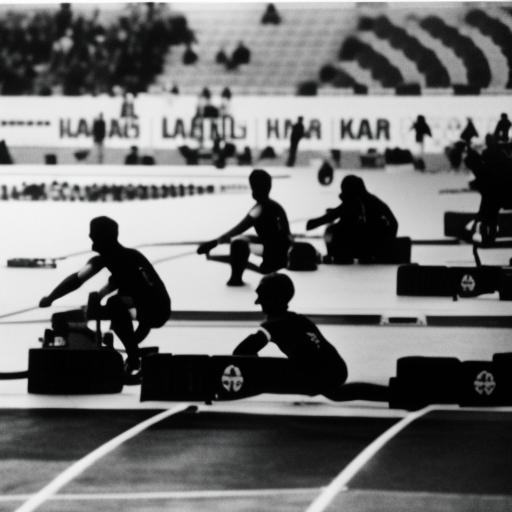Summary:
The 2000 Summer Olympics, officially known as the Games of the XXVII Olympiad, were held in Sydney, Australia, from September 15 to October 1, 2000. The event brought together athletes from 199 nations, competing in 28 sports across 34 venues. The Sydney Olympics were notable for their successful organization, stunning venues, and the introduction of new sports and technologies. The games were also marked by several memorable moments and outstanding performances by athletes from around the world.
Preparations and Organization:
Sydney won the bid to host the 2000 Summer Olympics in 1993, beating out other strong contenders such as Beijing and Manchester. The city invested heavily in infrastructure development, including the construction of new stadiums, Olympic Village, and transportation systems. The organizers aimed to create a sustainable and environmentally friendly event, with the main Olympic Park being built on a former industrial site.
Opening Ceremony:
The opening ceremony of the Sydney Olympics was held on September 15, 2000, at Stadium Australia (now known as ANZ Stadium). The ceremony showcased Australia’s rich history, culture, and natural beauty. It featured iconic moments such as Cathy Freeman, an Aboriginal Australian athlete, lighting the Olympic cauldron. The ceremony also included performances by Australian pop star Kylie Minogue and an appearance by former Australian Olympic champion Dawn Fraser.
Highlights and Memorable Moments:
The 2000 Summer Olympics witnessed several remarkable moments and outstanding performances. One of the most memorable moments was Cathy Freeman’s gold medal-winning run in the women’s 400 meters. Freeman, who had become a symbol of reconciliation between Indigenous and non-Indigenous Australians, captivated the nation with her victory.
Another highlight was the dominance of the United States in the swimming events. American swimmer Michael Phelps, then just 15 years old, made his Olympic debut and finished fifth in the men’s 200-meter butterfly. This marked the beginning of his legendary Olympic career.
The Sydney Olympics also introduced new sports, including trampoline, taekwondo, and triathlon. These additions expanded the diversity of the Olympic program and attracted new audiences.
Technological Innovations:
The 2000 Summer Olympics were notable for their use of innovative technologies. The games saw the introduction of the first-ever underwater cameras in swimming events, providing viewers with unique perspectives. The organizers also implemented a computerized scoring system in gymnastics, which allowed for more accurate and efficient judging.
Legacy:
The Sydney Olympics left a lasting legacy on the city and the Olympic movement as a whole. The successful organization of the games and the stunning venues showcased Sydney as a world-class host city. The Olympic Park, which was transformed from a contaminated industrial site, became a vibrant and sustainable urban precinct.
The Sydney Olympics also had a significant impact on Australian sports. The success of Australian athletes, such as Ian Thorpe in swimming and Cathy Freeman in athletics, inspired a new generation of athletes and increased participation in sports across the country.
In conclusion, the 2000 Summer Olympics in Sydney were a resounding success. The event showcased Australia’s ability to host a world-class sporting event and left a lasting legacy on the city and the Olympic movement. The games were marked by memorable moments, outstanding performances, and the introduction of new sports and technologies.












